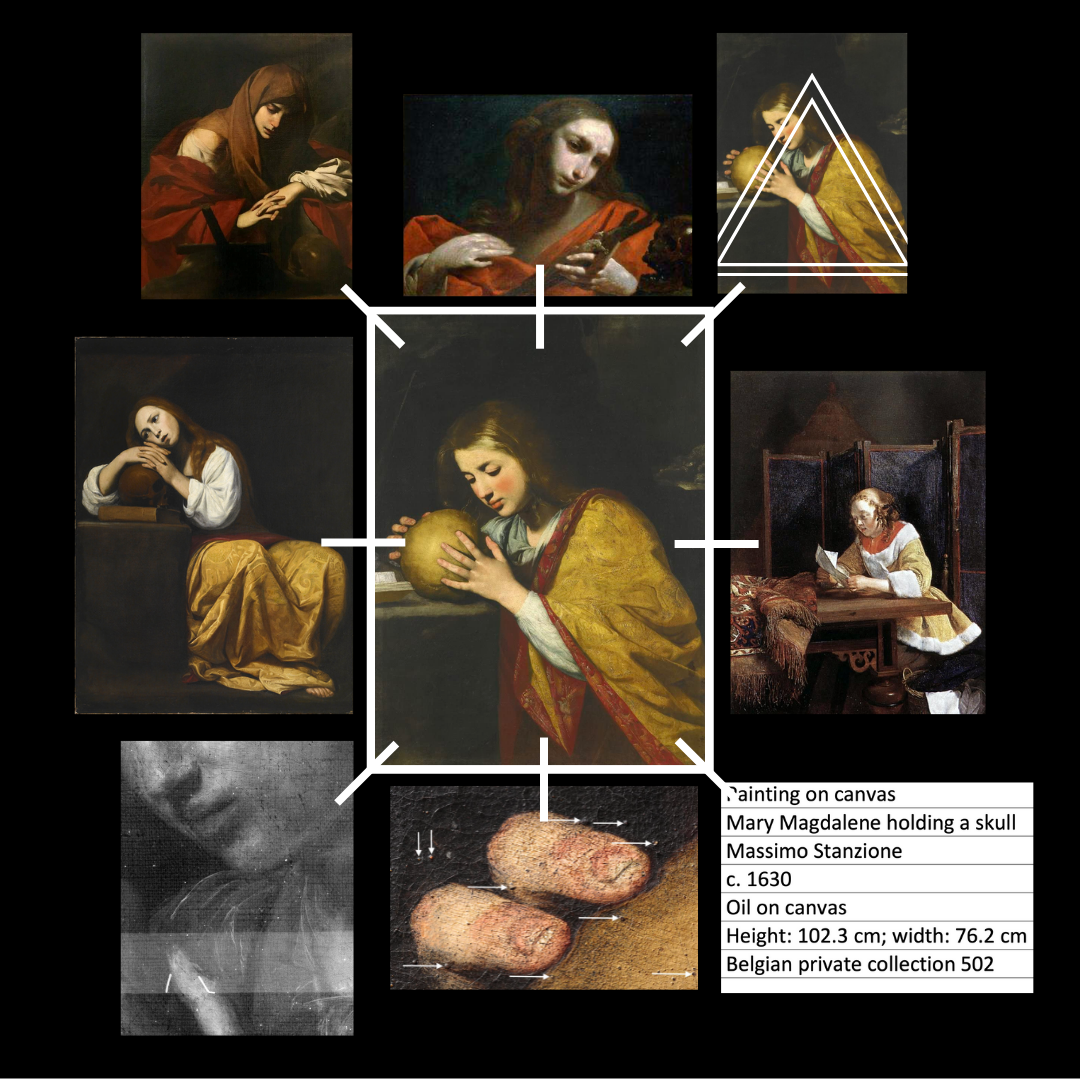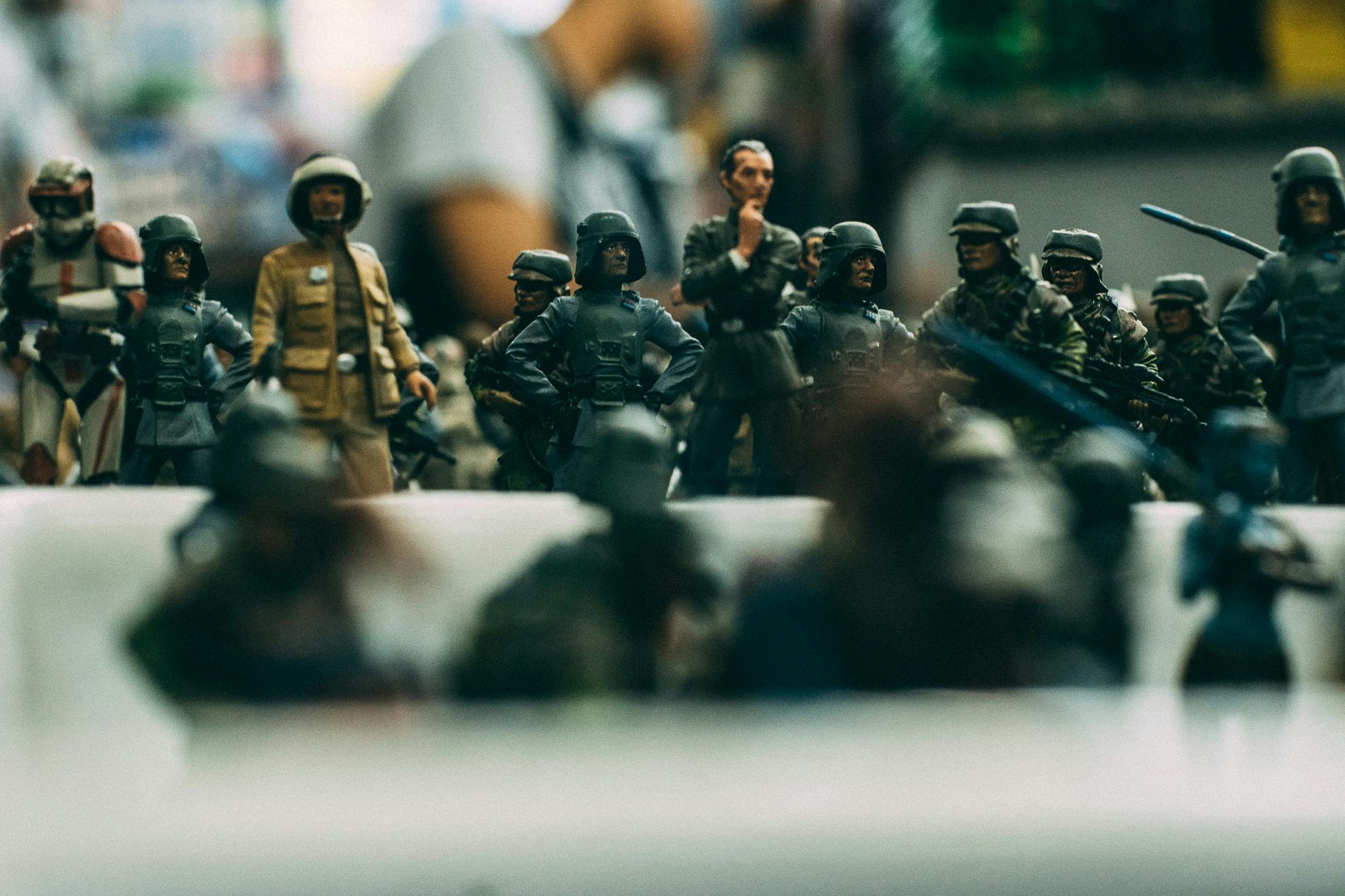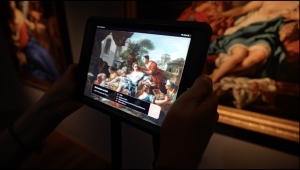At a time when images are multiplying across our screens, a team of European researchers led by the University of Luxembourg and the University of Lyon 2 has joined forces with three major museums to give new meaning to the way we look. Together, they have launched Augmented Artwork Analysis, an innovative application that uses artificial intelligence to help us observe and analyze artworks differently.
From street posters to our mobile phones, images are an integral part of our daily lives. Their effectiveness is undeniable. They captivate us in all their forms — from painting to the endless scrolling of social media. They are omnipresent, yet our gaze is not trained to read them. We see them, but we don’t truly look at them. At a time when computers are capable of creating their own images, being able to analyze them has become a key skill. This observation inspired a group of about twenty European researchers, led by Gian Maria Tore from the Faculty of Humanities, Education and Social Sciences (FHSE), and Pierluigi Basso (Lyon 2), to create an application designed to train our eyes and teach us how to observe again.
Turning museum visits into interactive experiences
In collaboration with three major European museums — the National Museum of History and Art in Luxembourg, and the Museums of Fine Arts in Lyon and Lille — the research group developed an app that allows users to analyze artworks by comparing them with other images. Looking at a painting no longer stops at the work itself and the explanatory label beside it. Visitors can now explore it by comparing it with other pieces from the various artistic movement, representing similar subjects, or using the same color palette. This way, no deep artistic or historical knowledge is required to begin analyzing a work. The experience begins right in front of the painting, in the museum itself. The app enhances the artwork and sparks the observer’s curiosity.
AI at the service of the human eye
Currently available only in partner museums, the application offers two modes of interaction: one based on the work of experts in art history and visual semiotics, and another powered by an artificial intelligence trained to suggest similar artworks. Visitors can thus develop their critical thinking and cross the perspectives of humans and machines.
A true educational tool, Augmented Artwork Analysis aims to leverage digital technology and artificial intelligence to teach us not only to see, but to understand and analyze the visual world around us.
You may also like
-

AAA – Augmented Artwork Analysis. Computer-aided interpretation device for art images
Research ProjectArt & EducationGian Maria Tore
Pierluigi Basso -

Art talk: Les images à l’épreuve du regard : distance, mémoire, responsabilité
Event23 November 2025Conference
